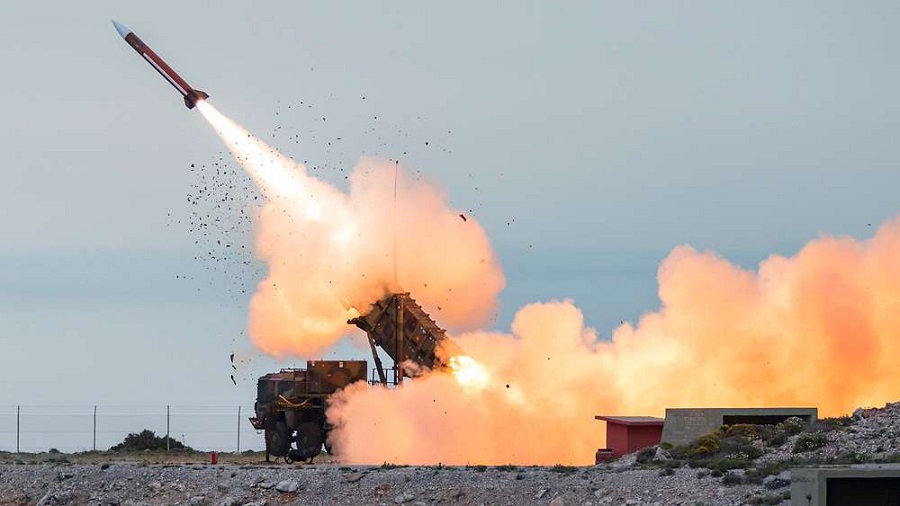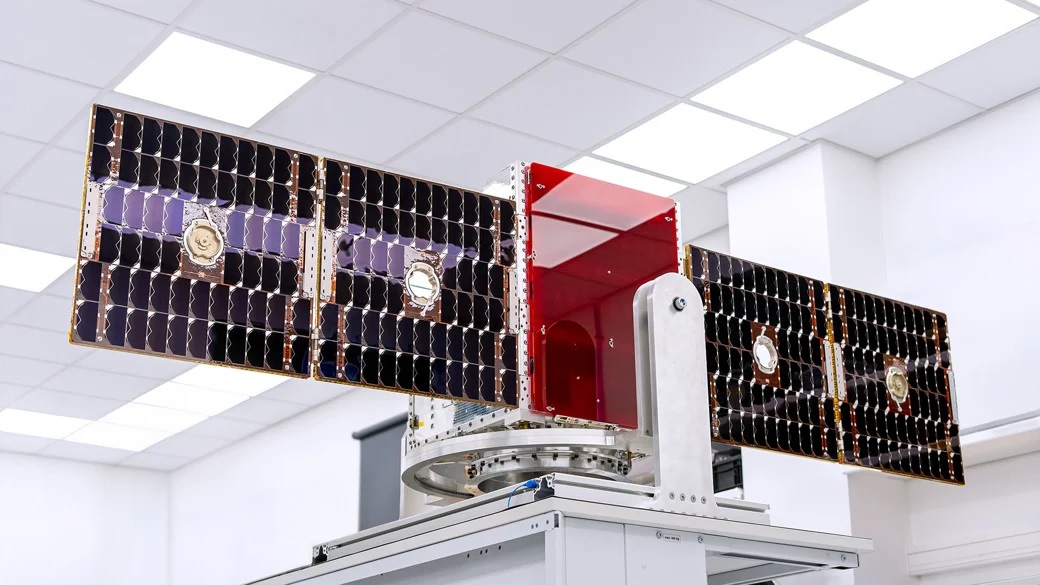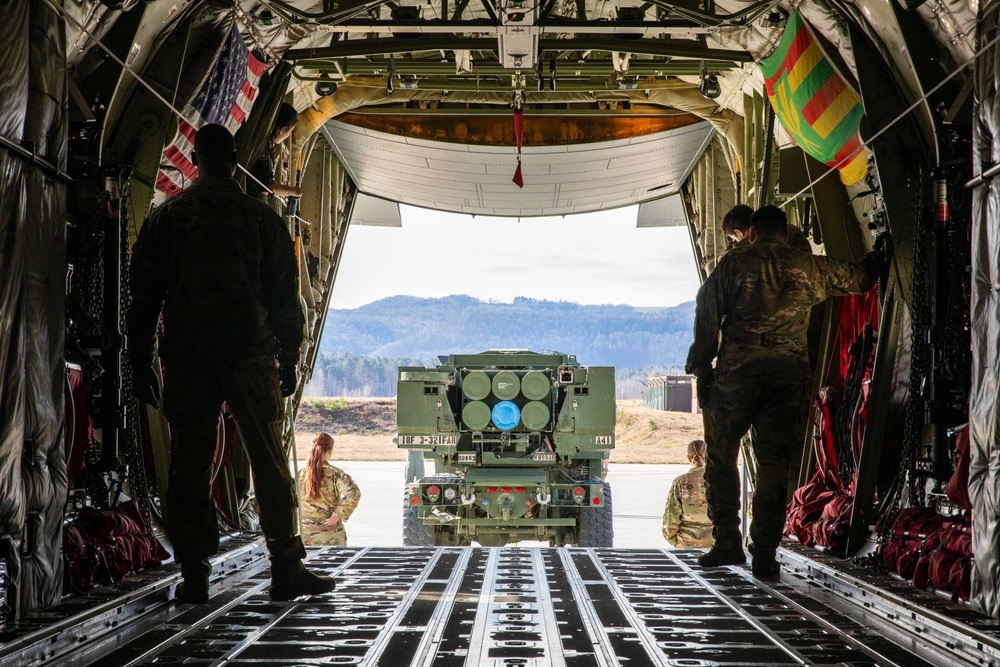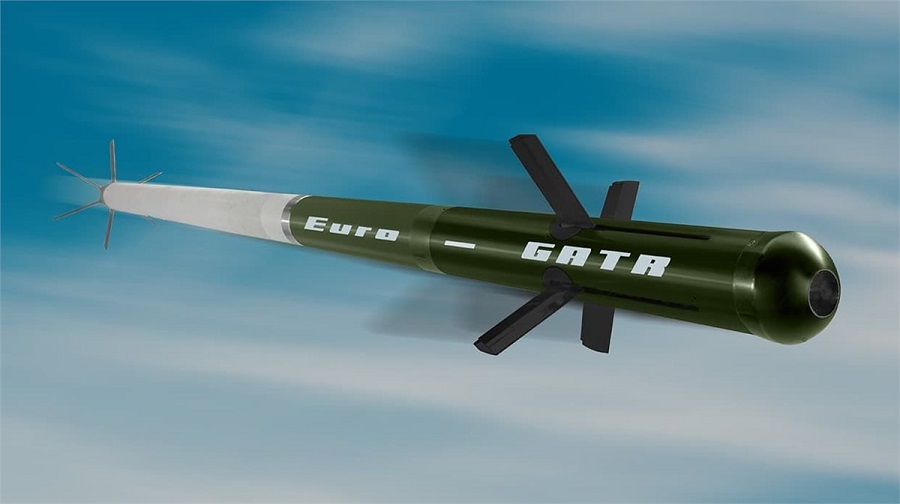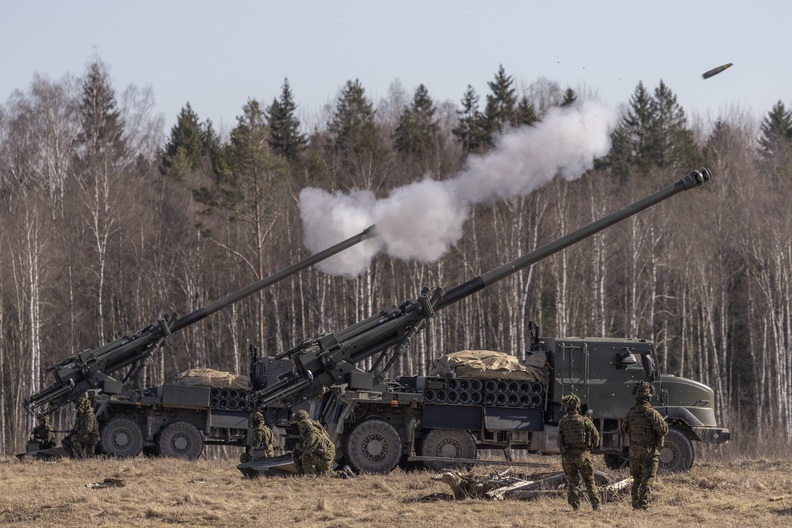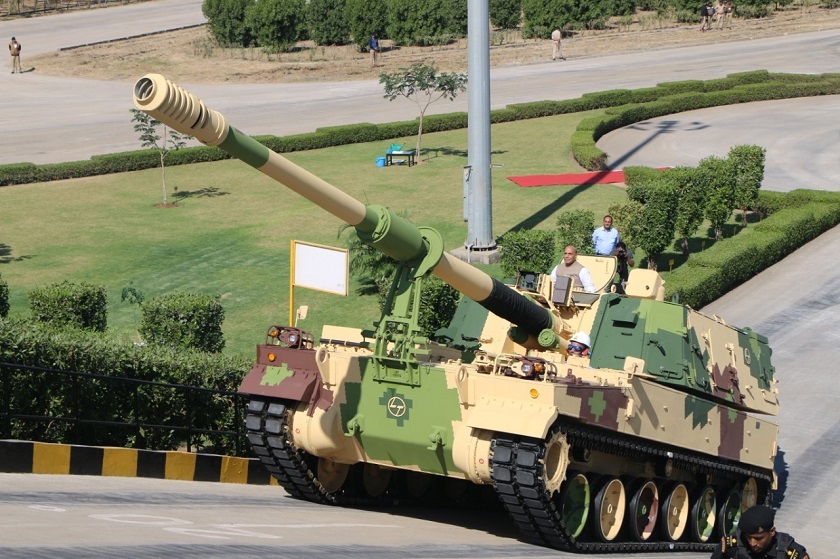DACCC’s Deployable Sensors Branch has two DADR systems and two Deployable Passive Emitters Trackers (DPET) which they use to provide sensor data to the DACCC and therefore to the Alliance.
“Radar is an essential element of NATO’s air defence capability, enabling full interoperability in peacetime and during multinational operations,” said Major General Denny Traas, Commander of the DACCC. “These sensors can be used for exercises and real operations inside or outside the garrison to provide air surveillance,” he added.
NATO’s and the Allies’ air command and control depends on coverage through active and passive detection capabilities that provide a Recognised Air Picture. Besides static radar stations, the deployable systems of the DACCC together with the assets of NATO’s Airborne Early Warning and Control System (NATO AWACS) and the NATO Alliance Ground Surveillance System (NATO AGS) play a central role in monitoring airspace and controlling military operations.
These assets demonstrate NATO’s ability to facilitate multinational cooperation and reap the benefits that pooling resources can bring. They are key to ensuring NATO fighters, missiles and sensors are employed efficiently.






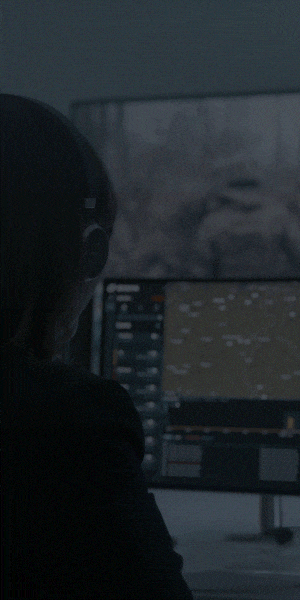


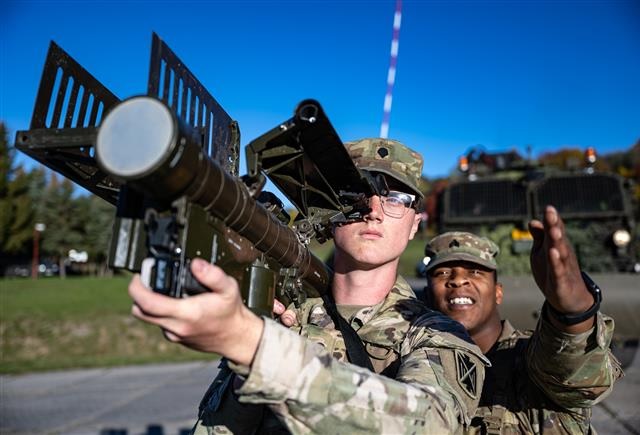



![Leidos completes successful flight test of Black Arrow Small Cruise Missile [VIDEO]](https://defence-industry.eu/wp-content/uploads/2025/04/Leidos-completes-successful-flight-test-of-Black-Arrow-Small-Cruise-Missile-VIDEO.jpg)







